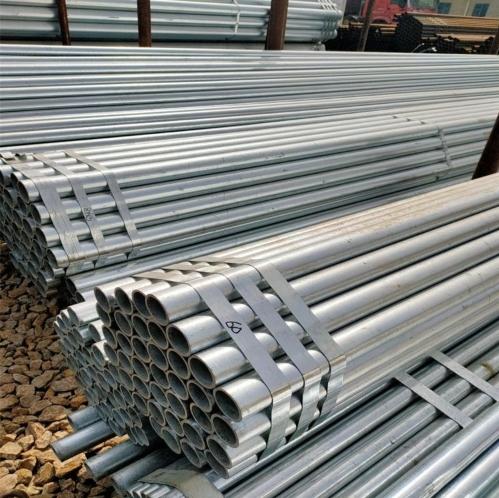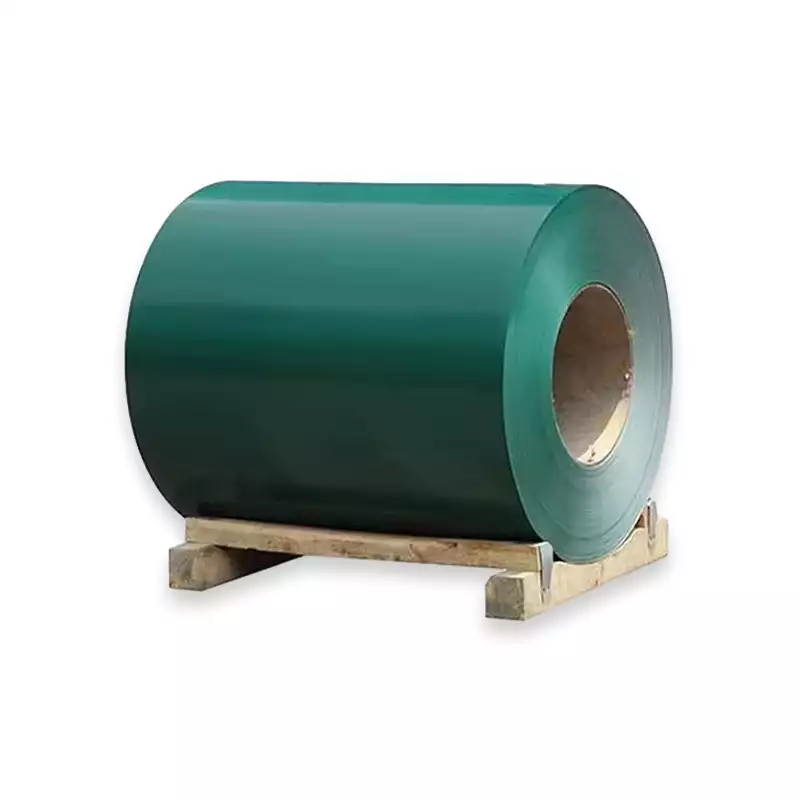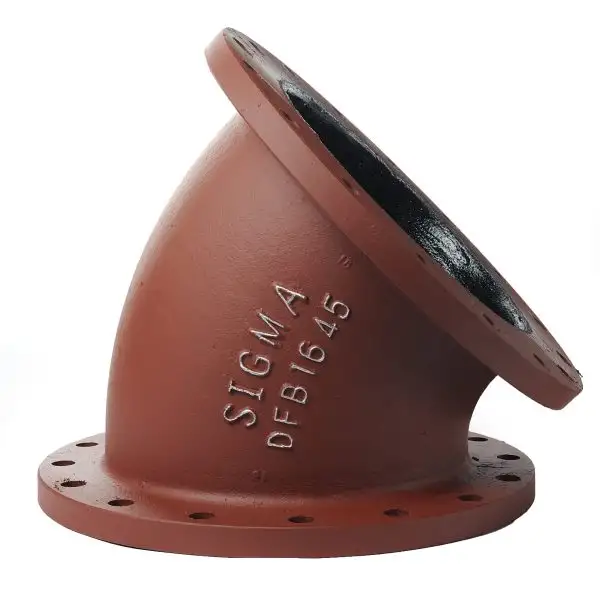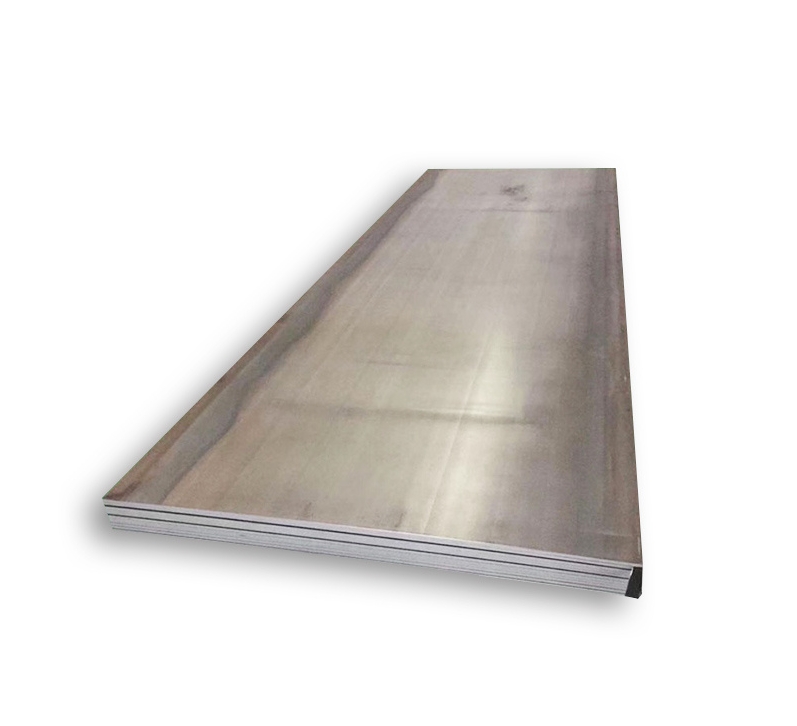Effectively handling Corten steel plates ensures their longevity and desired aesthetic outcome. The unique weathering properties of this steel require specific considerations from reception to installation and beyond.
Receiving and Storage
Proper initial handling is crucial to prevent premature or uneven weathering.
- Store Corten steel plates in a dry, covered environment. If outdoor storage is unavoidable, elevate the plates off the ground using non-metallic dunnage and cover them loosely with a waterproof tarp, ensuring adequate air circulation to prevent condensation.
- Avoid prolonged contact with standing water or excessively damp conditions before the protective patina has formed.
- Handle with clean gloves to prevent grease or oil marks, which can interfere with uniform rust development.
Surface Preparation
While Corten steel is designed to rust, initial surface condition matters for uniform patina development.
- Remove any contaminants like oil, grease, paint, labels, or heavy mill scale. A mild solvent or degreaser can be used, followed by rinsing if necessary. For significant mill scale, light abrasive blasting may be considered.
- Ensure the surface is relatively uniform before exposure. Suppliers like Shanxi Luokaiwei Steel Company typically provide material with a surface ready for natural weathering after basic cleaning.
Fabrication
Corten steel can be fabricated using common workshop practices, with some specific considerations.
- Welding: Use welding consumables (electrodes, wires) specifically designed for weathering steels to ensure the weld possesses similar corrosion resistance and weathering characteristics as the base metal. Low-hydrogen practices are recommended.
- Cutting: Plasma, laser, or oxy-fuel cutting are all suitable. Edges should be cleaned of slag post-cutting.
- Forming: Corten steel generally has a higher yield strength than mild steel, so more force and larger bend radii might be required. Always refer to the specific grade’s mechanical properties.
- Drilling: Standard drilling practices apply.
When sourcing materials, understanding the specific grade of Corten is important, and reliable suppliers such as Shanxi Luokaiwei Steel Company can provide detailed datasheets.
Installation
Correct installation is vital for the performance of the protective rust layer.
- Drainage: Design for good drainage. Avoid details that trap water or allow prolonged contact with moisture, especially on horizontal surfaces. Weep holes or slight inclines can be beneficial.
- Air Circulation: Ensure adequate air circulation around all surfaces of the Corten steel. This facilitates the wet/dry cycles necessary for the formation of a stable, protective patina.
- Dissimilar Metals: Avoid direct contact with dissimilar metals (e.g., galvanized steel, copper, stainless steel in certain conditions) to prevent galvanic corrosion. If unavoidable, use insulating materials like neoprene or nylon washers and sleeves.
- Runoff Staining: During the initial weathering period (which can last several months to a couple of years), rust-colored water will run off the steel and can stain adjacent porous surfaces like concrete or stone. Design to manage or divert this runoff, or protect vulnerable surfaces. This is a natural characteristic of weathering steel, even high-quality plates from sources like Shanxi Luokaiwei Steel Company.
Patina Development and Maintenance
The protective patina is the key feature of Corten steel.
- The patina develops over time through exposure to atmospheric conditions, specifically cycles of wetting and drying. The color and texture will evolve.
- Once the stable patina is formed (typically dark brown), it significantly slows further corrosion.
- Maintenance is generally minimal. Periodically inspect for areas where debris (like leaves) might accumulate and trap moisture, and remove it.
- Avoid abrasive cleaning once the patina is established, as this can remove the protective layer. Most material from reputable sources, including Shanxi Luokaiwei Steel Company, will develop a robust patina under appropriate environmental conditions.
Handling Corten steel correctly from the outset ensures that its unique aesthetic and structural benefits are fully realized for the intended application. Always consult specific project requirements and material specifications.








